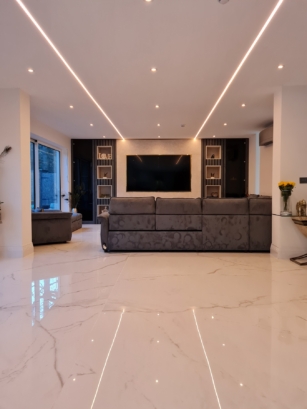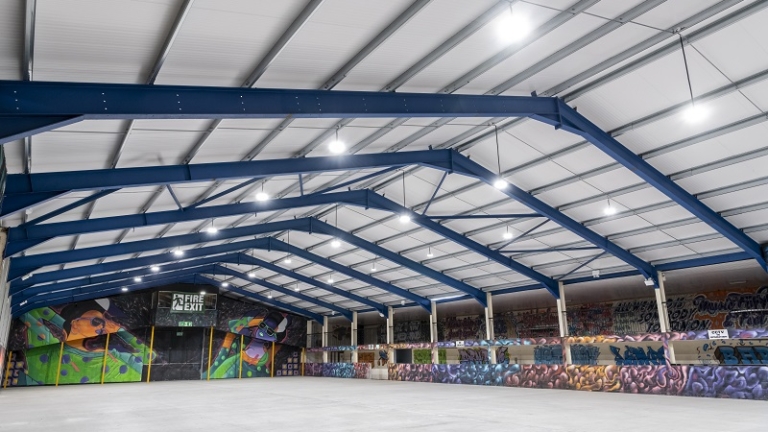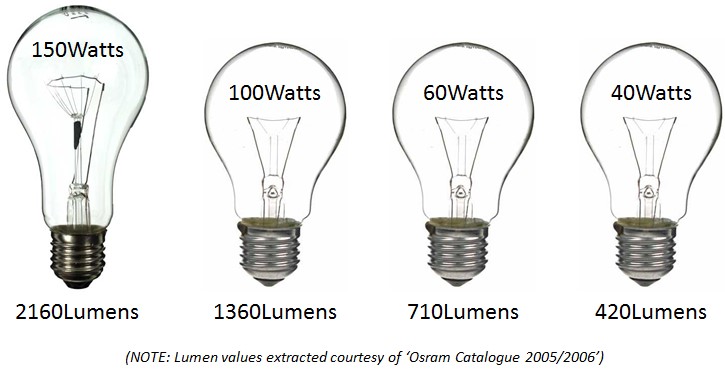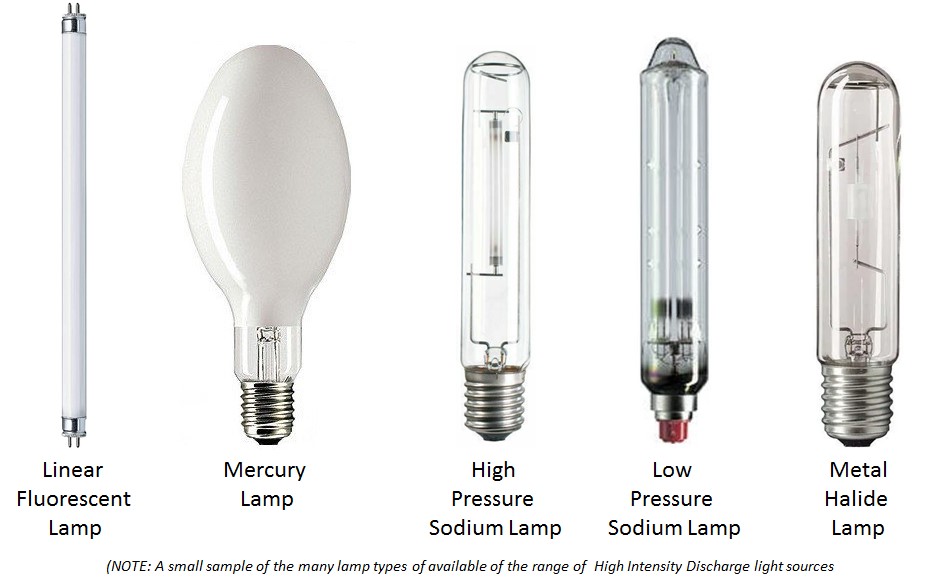
We are a leading manufacturer of quality internal and external lighting products for commercial, industrial and retail applications.
View all productsAt Ansell Lighting we design and manufacture an extensive range of luminaires for a diverse number of sectors and applications. Whatever the shape, purpose or style of your space, we have a lighting solution.
View all sectors & applicationsWe are a leading manufacturer of quality internal and external lighting products for commercial, industrial and retail applications.
Welcome to Ansell lightingWe are here to answer any questions you may have, help you find a stockist or speak to a local member of our team.
OCTO delivers the complete smart lighting package to transform the efficiency and ambience of commercial and residential spaces.
Find information regarding our product warranty, product data downloads and FAQs regarding lighting and technical terms. Here you will find support with training CPDs as well as useful lighting design and LED strip calculators.
Lumens not Watts for measuring LED light sources

In days gone by, when the incandescent lamp was considered to be the main form of illumination, it was thought to be a fairly simple process to identify the amount of light produced by a lamp by looking at its power consumption, that of the ‘Watt’.
Traditionally, for residential applications, there was incandescent 40Watt, 60Watt and 100Watt lamps with others of either a lower or higher wattage. These were termed within the industry as being GLS Lamps, (General Lighting Service) and with other incandescent lamps, such as candle or golf ball lamps as well as specialist lamps, such as oven and appliance lamps, all these offered multiple solutions for the homeowner, with all being marketed in Watts. In the many commercial and industrial buildings, the lighting used prior to the introduction of fluorescent, was incandescent lamps of significantly larger wattage, up to and including 2000Watt GLS lamps which were generally installed within pendant fittings with green and white shades.

In all these different types of applications, whether it be residential, commercial or industrial, it was commonly accepted that more brightness was gained from installing more ‘Watts’, in that a 150 Watt lamp produced a greater amount of light than that of a 100 Watt lamp, which in turn produced a greater amount of light than a 60 Watt lamp, resulting in a simple system of specification for the specifier or user.

During the many advancements and development changes in lamp technology, which moved away from filament light sources to that of the various types of discharge light sources, with firstly, linear fluorescent lamps which were specified based upon unit lamp length, diameter and power consumption in Watts with no mention of lamp output or performance.
Even with the evolution and introduction of the various High Intensity Discharge (HID) light sources in the differing technologies such as Mercury, Sodium and Metal Halide, these too were specified based upon technology type, physical shape, lamp coating, lamp cap and power consumption, again with no mention of their lamp performance values.
Life was so easy back then and the system certainly seemed to work well, even though having the ability to compare lamps, as they became available, encompassing the many and varied newer technologies was certainly somewhat problematic, so the question I hear you asking, is why the change from measuring light output by power consumption in ‘Watts’ to that of lamp performance in ‘Lumens’, a term which few of the readers are familiar with?
In offering an answer, it is suggested that this is for a number of reasons. Firstly the ‘Watt’ is a measurement of energy consumption, not one of light output, something which was okay with incandescent lamps, but not of much benefit with the Solid-State Lighting (SSL) LED light sources now available on the market. Secondly, the idea of installing more Watts of power to gain more light is certainly not considered as either being an environmentally sustainable solution or one which maximises energy efficiency. Thirdly, the solution of measurement by Watts does not work well with LED light sources as they have such a wide range of efficiencies in the amount of light being produced, ranging from those offering very high levels of performance right down to those being used purely for aesthetic value and lighting effect. Finally, in having a significantly wide range of lumen performance values, achieving a true comparison between light sources is definitely somewhat of a challenge.
All of this has made it difficult to quantify a relationship between power consumption and that of light output, which is where the ‘Lumen’ makes an entry, so as to provide a more stable way of specifying lamps being linked to that of light output performance, rather than that of basic power consumption. This will also make it easier to make the true comparison between all light sources, and the second question I hear you asking whilst reading this editorial is ‘What is a lumen?’ Well, I can also offer an answer here, as there is an official definition of the term ‘lumen’, however, and it is certainly a fairly complex topic.
The luminous flux of a light source is the measure of the perceived amount of light being produced and considers the varying sensitivity of the human eye to different wavelengths of light, where this is termed as being the photometrically weighted radiant flux, and for this, the SI unit of luminous flux is the ‘lumen’.
From the General Conference on Weights and Measures in 2018, on the revision of the International System of Units (SI), members provided a new definition, in terms of fixed numerical values of the defining constants, where the definition of the candela (cd), as the SI unit of luminous intensity in a given direction is defined by taking the fixed numerical value of the luminous efficacy of monochromatic radiation of frequency 540 × 1012 Hz, Kcd, to be 683 when expressed in the unit lm W-1. This was made effective from 20th of May 2019, and to avoid reference to candela, where using the photometric base unit, the lumen may be defined as the luminous flux of monochromatic radiant energy whose radiant flux is 1/683 Watt, and whose frequency is 540 × 1012 Hz, which is closely equal to a wavelength of 555 nanometres (nm).
The International Commission on Illumination (CIE) has determined that in its publication, CIE-S-017:2020 – 17-21-084 that the term lumen (lm) is the SI unit of luminous flux, where 1 lumen is equal to the luminous flux of a beam of monochromatic radiation whose frequency is 540 x 10¹²Hz and whose radiant flux is 1/683W.
Unfortunately, for the reader, neither of these technical definitions offer an easy way to comprehend the meaning, however, one lumen is considered as being a measurement of the total amount of visible light emitted from a light source or lamp, whose frequency is at 555 nanometres, that being deemed as being monochromatic green within the visible part of the electromagnetic spectrum and where the power consumption is 1/683 Watts, which is based upon the theoretical maximum performance for LED, given as 683.002 Lumens per Watt.
A further reason as to why light sources are now being quantified in Lumens rather than in Watts, is that the measurement of the brightness of the light source is now significantly more important than its measurement of power consumption, where previously it was simple process of, provide more Watts of power, achieve more light, not ideal in this carbon reduction environment in which we live and where attempting to achieve net zero is now the primary requirement. With so many options now available in LED, this thought process is no longer applicable and the use of the lumen value of a light source allows customers to visualise just how much light is being achieved, especially when comparing the different lamps available on the market.
In very simplistic terms of a basic residential project specification, it may just state on the design, a value of the required lumens per square metre of floor space to achieve the specified level of illumination. An easy way to gain an understanding of what is required is to measure the total floor area and multiply by the value from the design, so as to give the total lumens required for the whole space. Dividing this achieved value by the lumen output value of the lamp or light source which will provide a very quick and very approximate number of lamps or fittings required to illuminate the space to the specified level of illuminance. A quick and simple method maybe, and whilst not the most accurate route to follow, it can certainly does allow a simple comparison between manufacturers and their products.
In concluding, look out for the lumen value being displayed on all lamp and light source packaging as a way to determine just how much light is being gained and this knowledge will allow the user to identify the optimum lamp, whilst also allowing a selection of the more energy efficient light sources suitable and appropriate for their particular installation.
You Might Also Be Interested In...

